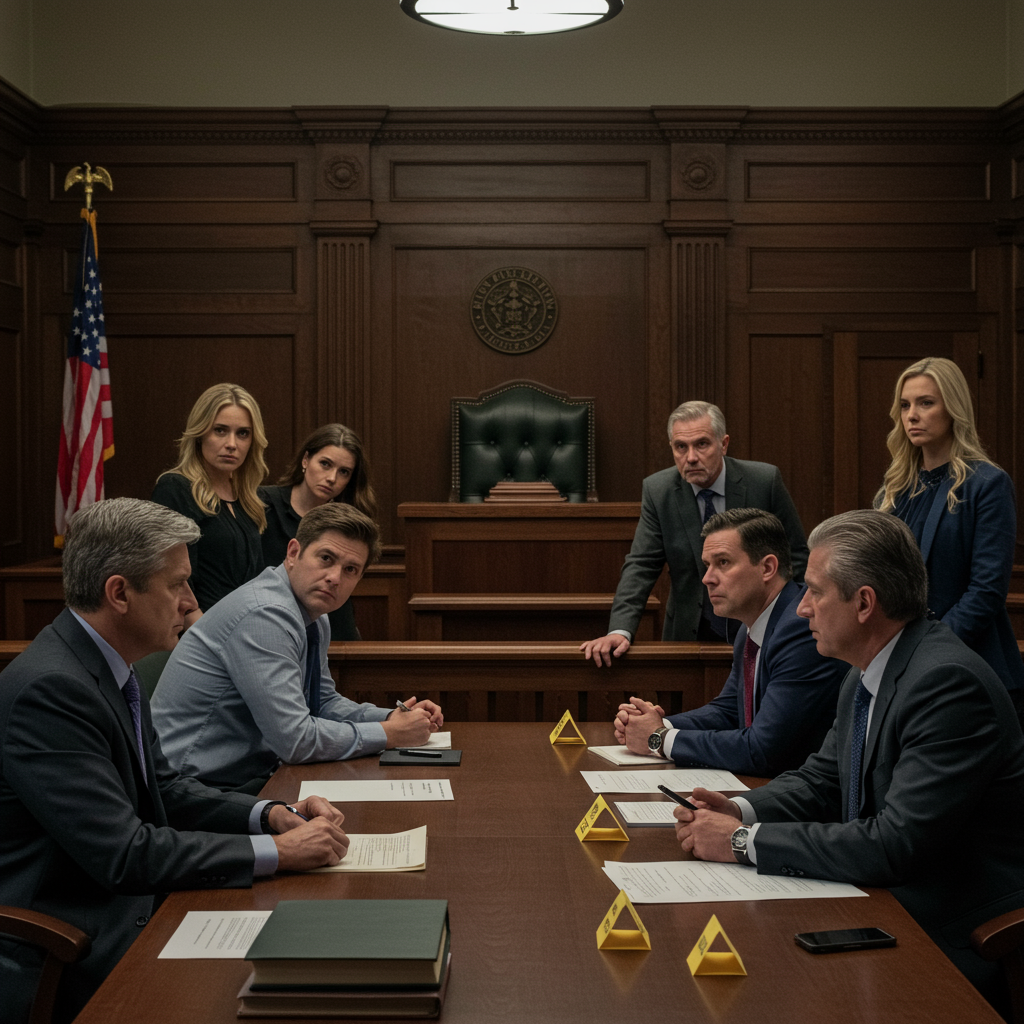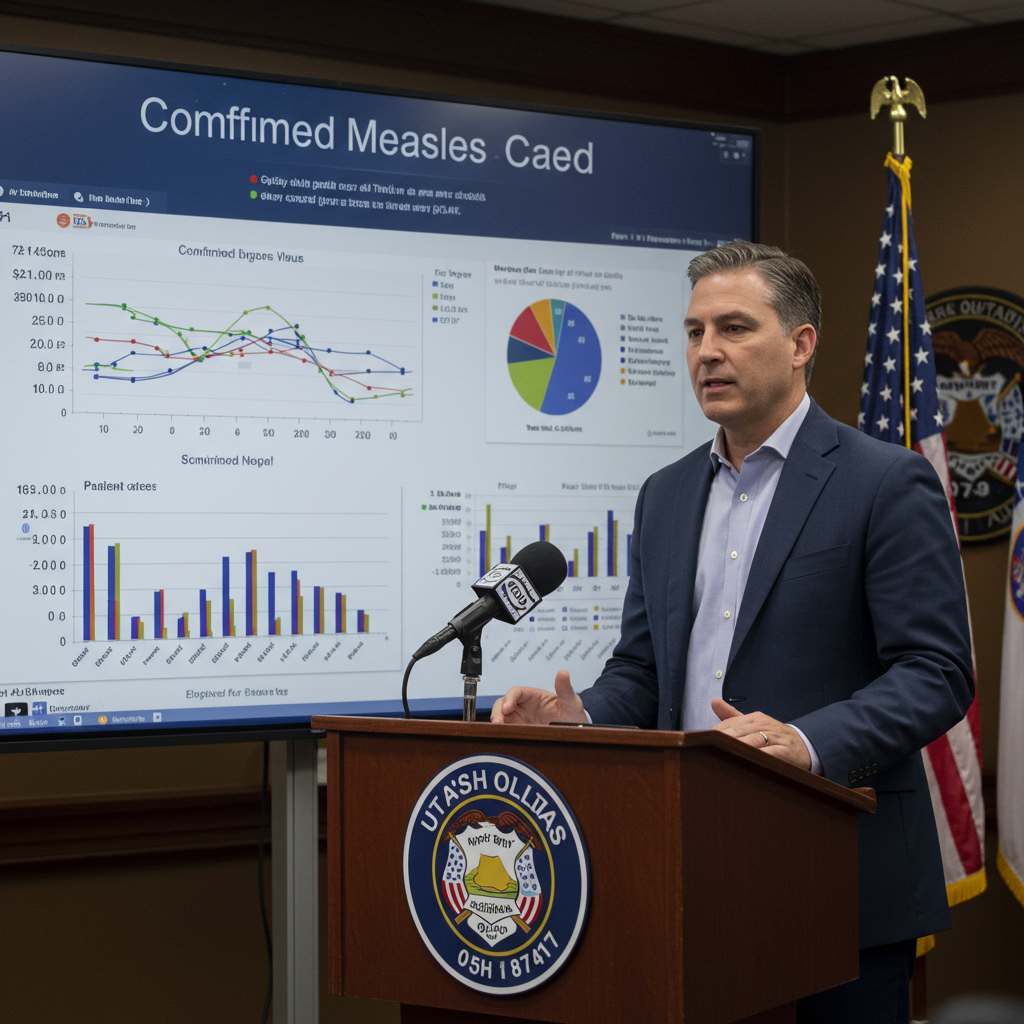The high-profile trial captivating Australia has reached a pivotal moment. A jury has retired to decide the fate of Erin patterson, a 50-year-old Victorian woman accused of murdering three people and attempting to murder a fourth by allegedly serving a lunch containing deadly mushrooms. After almost two months of intense court proceedings, the 12-member jury now holds the responsibility of sifting through complex evidence and conflicting narratives to reach a unanimous verdict on each charge.
The Fatal Lunch and Grave Charges
The case stems from a tragic lunch hosted by Ms Patterson at her home in Leongatha, regional Victoria, on July 29, 2023. The meal, reportedly a beef Wellington, was shared with relatives. Days later, three of her guests became gravely ill and died: her former parents-in-law, Don and Gail Patterson, both aged 70, and Gail’s sister, Heather Wilkinson, 66. Heather’s husband, local pastor Ian Wilkinson, also suffered severe illness but survived after spending weeks in an induced coma. Ms Patterson’s estranged husband, Simon Patterson (son of Don and Gail, nephew of Heather and Ian), had been invited but did not attend the lunch, reportedly feeling uncomfortable the day before. Erin Patterson has pleaded not guilty to all four charges she faces – three counts of murder and one of attempted murder.
prosecution Alleges Deliberate Poisoning and Cover-Up
The prosecution, led by Nanette Rogers SC, has presented a case arguing that Ms Patterson knowingly included toxic death cap mushrooms in the home-cooked meal. They contend that her actions were deliberate, voluntary, and carried “murderous intention” – an intent to kill or cause serious injury. The prosecution asserts that Ms Patterson took steps to avoid consuming the lethal fungi herself, while ensuring her guests ate them.
Evidence presented by the prosecution included allegations that Ms Patterson lied extensively following the incident. They claimed she lied to police, medical staff, and even her relatives. These alleged lies included fabricating a cancer diagnosis to encourage her family to attend the lunch and providing inconsistent accounts about foraging for wild mushrooms. A key piece of prosecution evidence involved a food dehydrator. They alleged Ms Patterson disposed of the appliance at a nearby rubbish facility after the deaths and that forensic tests found trace amounts of death cap mushrooms on it. The prosecution argued these alleged lies and the disposal of evidence indicated a conscious effort to conceal her actions and pointed directly to her guilt. Prosecutor Nanette Rogers stated in closing arguments that Ms Patterson had “told so many lies it’s hard to keep track of them” and that she created a “carefully constructed narrative” once her initial lies were exposed because she knew the truth would implicate her. While conceding there was “no particular motive” explicitly proven for the alleged crime, the prosecution argued the jury should reject the defence’s claim that the deaths were merely “a horrible foraging accident.”
Defence Argues Tragic Accident and Panic
In contrast, the defence, represented by Colin Mandy SC, maintains that the fatal poisonings were “a terrible accident.” They argue Ms Patterson accidentally included poisonous fungi mixed with store-bought mushrooms from a container in her pantry. The defence contends that any lies Ms Patterson told afterwards were not evidence of guilt but rather a result of panic and fear. She feared being blamed for inadvertently causing harm to people she loved.
During her testimony as the sole defence witness, Ms Patterson told the jury she was very close to her in-laws and had no reason or intention to harm anyone. The defence highlights the lack of a clear motive as crucial, arguing that Ms Patterson had no apparent reason to commit such a crime, especially knowing she would instantly fall under suspicion. She had custody of her children and was financially stable, they noted. Ms Patterson explained her own lesser symptoms compared to her guests by revealing she had suffered from bulimia for years and made herself vomit after the meal, potentially expelling some toxins. Regarding the alleged lie about cancer, she claimed she was embarrassed about plans for weight-loss surgery and used the cancer story as a cover. She also stated she initially concealed her mushroom foraging hobby from authorities because she feared it would make her look guilty. The defence accused the prosecution of “cherry-picking” evidence, attempting to force “puzzle pieces” together, and ignoring alternative explanations that didn’t fit their narrative, stressing that Ms Patterson is not on trial simply “for lying” but for murder.
Key Evidence Under Jury Scrutiny
Central to the jury’s task is evaluating several key pieces of evidence where the prosecution and defence offer starkly different interpretations. One heavily disputed point involves the plates used during the meal. Surviving guest Ian Wilkinson and others claimed Ms Patterson ate from a different, smaller, or different-coloured plate than the four grey plates used by her guests. Ms Patterson denied owning grey plates and claimed she used standard dinner plates, simply taking the last available one. Police photos showed various plates but lacked detailed documentation of the specific plates used or their dimensions.
The reason for the lunch itself was also disputed. The prosecution suggested Ms Patterson fabricated a reason, potentially luring guests with a false claim of having “important medical news” (her alleged cancer) to discuss and seek advice. Ms Patterson maintained it was simply because they enjoyed a previous meal together. Her claims about her own health were also challenged. While she testified to only mentioning being “undergoing investigations” for potential ovarian cancer, the prosecution alleged she explicitly stated she had cancer and speculated she might have believed this lie would “die with her guests.” Ms Patterson claimed this was a cover story for planned gastric bypass surgery she was embarrassed about. Finally, her interaction with health authorities was questioned. Ms Patterson claimed she was “very, very helpful,” a statement a health officer contradicted, describing her as “nonresponsive.” These points require the jury to assess credibility and weigh competing accounts.
Judge’s Instructions Guide Deliberation
The trial, held at the Latrobe Valley Magistrates Court in Morwell, lasted almost two months and included testimony from over 50 witnesses. Presiding Justice Christopher Beale concluded his five-day summary of the evidence and final instructions to the jury on Monday. He emphasized that they are the sole “judges of the facts” in the case. Justice Beale cautioned the jury against convicting Ms Patterson solely for lying, noting that people might behave in ways that appear guilty for “all sorts of reasons” unrelated to the alleged crime itself. He also delivered a firm warning that while any “reasonable person would feel great sympathy” for the affected families, jurors must not allow emotions to sway their decision. Their verdict must be based strictly on the evidence presented and the applicable law. The ultimate issue for the jury, Justice Beale stressed, is whether Ms Patterson deliberately included death cap mushrooms with the necessary “state of mind” for the alleged offenses. They must reach a unanimous verdict on each of the four charges.
Jury Retires to Deliberate
Following Justice Beale’s final instructions and the balloting out of two alternate jurors, the remaining 12 members retired to begin their deliberations. This signifies the culmination of the lengthy trial process. To ensure their decision is based solely on the evidence heard in court and is free from outside influence, the jury has been sequestered. This means they will stay in supervised accommodation with minimal to no contact with the outside world, including media reports or social media, until they have reached a verdict.
The case has generated significant national and even global attention, gripping the country since the initial tragic events unfolded. Public interest has been intense, with people queuing for hours to secure limited courtroom seats. Media presence has been constant, and the state broadcaster’s daily podcast on the trial became the country’s most popular. Several documentaries about the case are already in production, reflecting the widespread fascination and the profound impact of the events. The jury’s difficult task now begins behind closed doors, weighing the prosecution’s allegations of deliberate poisoning against the defence’s claims of a terrible accident and panic, as Australia awaits the outcome of this deeply tragic and complex case.
Frequently Asked Questions
What charges does Erin Patterson face in the mushroom murder trial?
Erin Patterson faces three charges of murder and one charge of attempted murder. These charges relate to the deaths of Don and Gail Patterson, and Heather Wilkinson, and the severe illness of Ian Wilkinson, following a lunch served at her home in July 2023 that allegedly contained death cap mushrooms.
Why is the jury in the mushroom murder trial sequestered?
The jury has been sequestered during deliberations to prevent any outside information from influencing their decision. Staying in supervised accommodation ensures they have no contact with media coverage, social media discussions, or public opinion regarding the high-profile trial. This measure is standard in significant cases to ensure fairness and impartiality in reaching a verdict.
What are the main opposing arguments presented by the prosecution and defence?
The prosecution argues that Erin Patterson deliberately included death cap mushrooms in the meal with the intention to kill or cause serious harm, supported by alleged lies and disposal of evidence afterwards. The defence contends the poisoning was a tragic accident, that Ms Patterson accidentally included poisonous mushrooms, and that her subsequent lies stemmed from panic and fear of being blamed for the unintentional harm caused to her loved ones.



